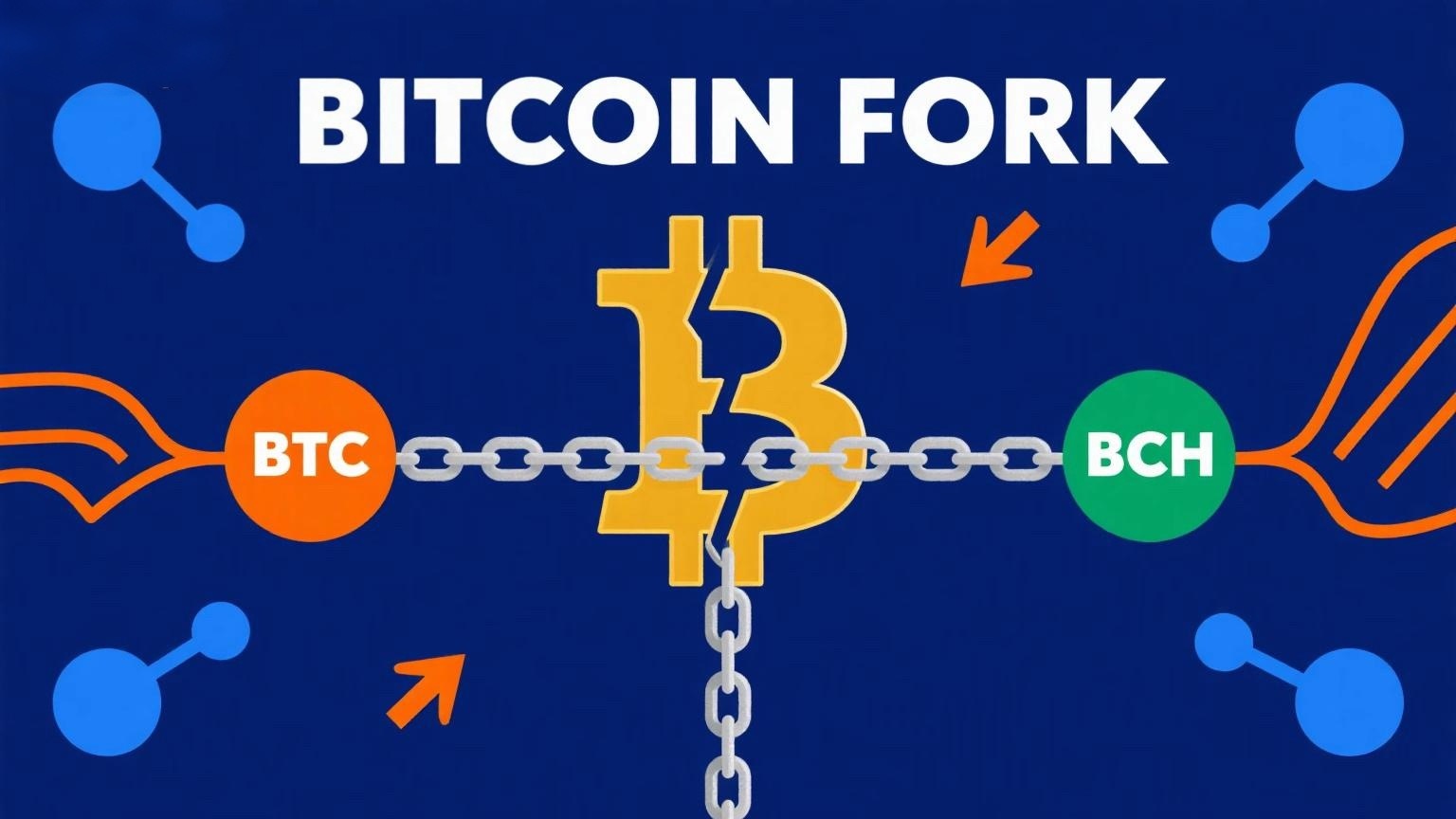
The story begins with Bitcoin's block size. When Satoshi Nakamoto designed Bitcoin in 2008, he set the block size at 1MB to ensure the stability and synchronization of the Bitcoin network. However, some pointed out that a 1MB block every ten minutes could only accommodate about 2,000 transactions. If Bitcoin succeeded and gained widespread adoption, this would clearly be insufficient. Nakamoto suggested that the block size limit could be increased a year before it was expected to reach capacity to prevent network congestion.
In 2010, after Nakamoto stepped away, the responsibility for updating and maintaining Bitcoin's code fell to Gavin Andresen. In 2012, adhering to the principle of decentralization, Gavin handed over code authority to Bitcoin Core’s four main developers, focusing instead on coding himself.
By 2015, the growth in Bitcoin transactions indicated that the 1MB block size would reach capacity in 2016, putting block size expansion on the agenda. However, the proposal didn’t come from Bitcoin Core but from Gavin, who had already retired. Core’s key members opposed scaling, primarily because several of them had raised $72 million to establish Blockstream, a company focused on sidechain development. If the main chain were scaled, sidechains would have little market demand for years. Thus, they advocated against on-chain scaling, proposing instead to use the Lightning Network and sidechains for expansion.
Gavin’s scaling proposal faced strong resistance from Core’s main developers, prompting him to seek support from Chinese miners. As block space became increasingly scarce, most Chinese miners recognized the importance of scaling but still relied on Core’s technical expertise, preferring scaling under Core’s leadership.
In 2016, Bitcoin entered its second bull market, with prices rising from around ¥2,800 at the start of the year to over ¥6,800—a three-year high—and its market cap surpassing $15 billion. User adoption and transaction volume surged. By July, the Bitcoin network became consistently congested, with confirmation times often exceeding 10 minutes and transaction fees rising severalfold.
Chinese miners widely acknowledged the urgency of scaling. On February 20, 2016, Chinese miners invited overseas developers to a meeting at Hong Kong’s Cyberport to discuss scaling. Developers agreed to increase Bitcoin’s block size to 8MB, and in exchange, Chinese miners agreed to run only Core’s software, abandoning Gavin’s version. This became known as the "Hong Kong Agreement."
Gavin, sidelined, suffered a major blow to his reputation in 2016 when he mistakenly believed Craig Wright (CSW) was Satoshi Nakamoto. The scaling faction lost a key figure. Meanwhile, Core’s main developers did not honor the Hong Kong Agreement, making little progress on scaling code. Disappointed, Chinese miners like Jihan Wu began seeking new teams to develop scaled Bitcoin versions independent of Core, including the BU and ABC teams.
By then, congestion had made the urgency of scaling apparent to businesses in Bitcoin’s ecosystem. At a New York conference attended by over 50 major companies, a consensus was reached to scale to 2MB (the "New York Agreement"). However, Core’s main members vehemently opposed it, declaring they would never support 2MB blocks. Implementing the New York Agreement would inevitably lead to a Bitcoin fork.
Fearing the agreement might fail, Jihan Wu proposed creating a forked version with scaling as a backup plan. In June 2017, the ABC team completed an 8MB-scaled Bitcoin version—Bitcoin Cash (BCH)—which launched on August 1, 2017. Still, most scaling supporters, including Wu, pinned their hopes on the New York Agreement.
However, under strong opposition and threats from Core, the broader consensus of "no forking" prevailed over "on-chain scaling," and the New York Agreement was declared failed in early November. The minority advocating on-chain scaling turned to Bitcoin Cash as their only hope to uphold Nakamoto’s vision. That day, Bitcoin’s price dropped 10%, while Bitcoin Cash surged nearly 100%, later peaking at almost 50% of Bitcoin’s price.
After scaling failed, the Bitcoin community turned to the Lightning Network to address capacity issues, but progress was slow. In early 2019, despite unresolved congestion and high fees, Bitcoin’s price rebounded sharply, far outpacing other cryptocurrencies. The community increasingly viewed Bitcoin not as a peer-to-peer electronic cash system for payments but as "digital gold" focused on store-of-value.
Thus, Bitcoin and Bitcoin Cash diverged—one as the pioneer of digital currencies and the other as a decentralized cryptocurrency that forked twice due to internal disagreements. Both gained widespread recognition. The scaling debate and subsequent forks became textbook case studies, influencing generations of blockchain entrepreneurs and projects, cementing their place in Bitcoin’s history.
















